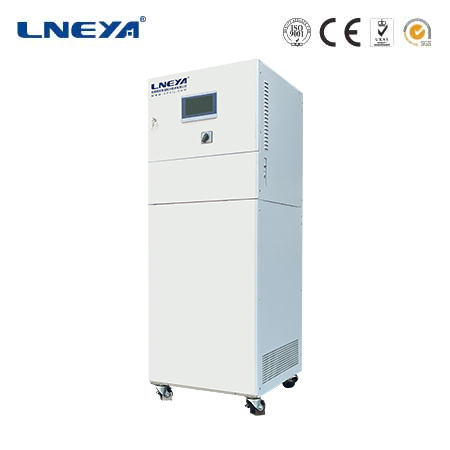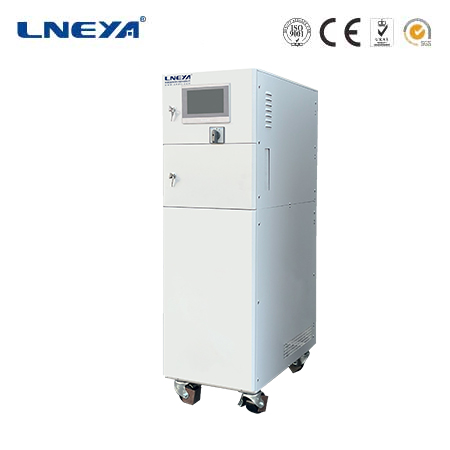air cooled chiller efficiency
Air-Cooled Chiller Efficiency
Air-cooled chillers play a vital role in providing cooling in commercial, industrial, and residential applications. Their efficiency is a key factor in determining overall performance and energy consumption.

Measurement Metrics of Air-Cooled Chiller Efficiency
kW/Ton: It represents the amount of power input in kW required to produce one ton of refrigeration. A lower kW/ton value means higher efficiency.
Coefficient of Performance (COP): COP is the ratio of the cooling output in kW to the power input in kW. For example, a COP of 3 indicates that for every 1 kW of electrical input, 3 kW of heat is removed.
Energy Efficiency Ratio (EER): EER compares the cooling capacity in BTUs to the power input in watts. A higher EER value indicates a more efficient system.
Factors Affecting Air-Cooled Chiller Efficiency
Environmental Factors

Ambient Temperature: High ambient temperatures lead to reduced散热效率. The chiller may take longer to reach the desired temperature or fail to meet the cooling demand under high load.
Air Circulation: Poor air circulation around the chiller causes heat dissipation problems, affecting the refrigeration effect.
System Components
Heat Exchanger: A dirty heat exchanger surface covered with dust or grease reduces heat exchange efficiency.
Water Pump: An inappropriate water pump flow rate, either too high or too low, affects the refrigeration effect.
Refrigerant: The flow and quality of the refrigerant are crucial. Incorrect refrigerant flow and improper refrigerant selection can lower efficiency.
System Design and Operation
Proper Sizing: An oversized chiller cycles on and off frequently, while an undersized one can’t meet the cooling demand, both reducing efficiency.
Maintenance: Regular maintenance, including cleaning coils and checking refrigerant levels, is essential for optimal performance.

Calculation of Air-Cooled Chiller Efficiency
kW/Ton: Chiller efficiency = Power consumption (kW) ÷ Chiller capacity (RT)
COP: COP = Cooling output (kW) ÷ Power input (kW)
EER: EER = Cooling capacity (BTU/hr) ÷ Power input (W)
Strategies for Enhancing Air-Cooled Chiller Efficiency
Optimize Chiller Sequencing: For systems with multiple chillers, proper sequencing can improve overall efficiency.
Implement Variable Speed Drives (VFDs): VFDs on compressors and fans adjust capacity to match load demand, enhancing efficiency.
Advanced Controls: Modern control systems predict load demands and adjust chiller operation accordingly.
In conclusion, understanding air-cooled chiller efficiency and its influencing factors, as well as implementing enhancement strategies, is crucial for improving system performance, reducing energy consumption, and cutting operational costs.
Related recommendations
chiller heating and cooling system
75Chiller Heating and Cooling System: A Comprehensive GuideIntroductionA chiller heating and cooling system is a versatile HVAC solution that provides both cooling and heating capabilities in a sing...
View detailscost of a chiller
202Introduction to Chiller CostsChillers are vital for maintaining optimal temperatures in commercial and industrial settings, and their costs are influenced by several factors. Understanding these f...
View detailschiller engineering
207Chiller Engineering: An In-Depth Analysis Chiller engineering is a specialized field within the broader domain of heating, ventilation, and air conditioning (HVAC) systems. Chillers are essenti...
View detailsindustrial water chiller malaysia
77Industrial Water Chillers in Malaysia: An In - Depth ExplorationIndustrial water chillers are essential cooling equipment in Malaysia's industrial landscape, playing a significant role in maintain...
View details
 LNEYA Thermal Test Chillers
LNEYA Thermal Test Chillers






HelloPlease log in